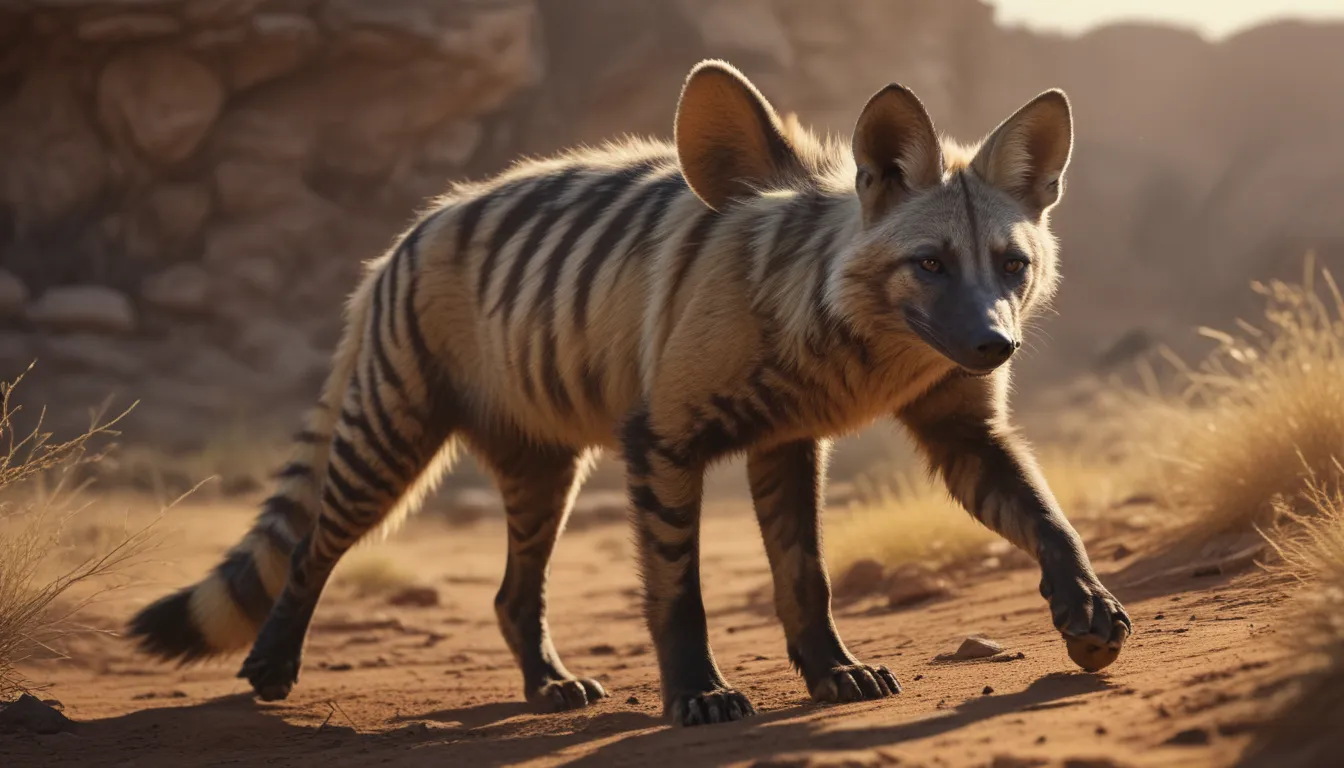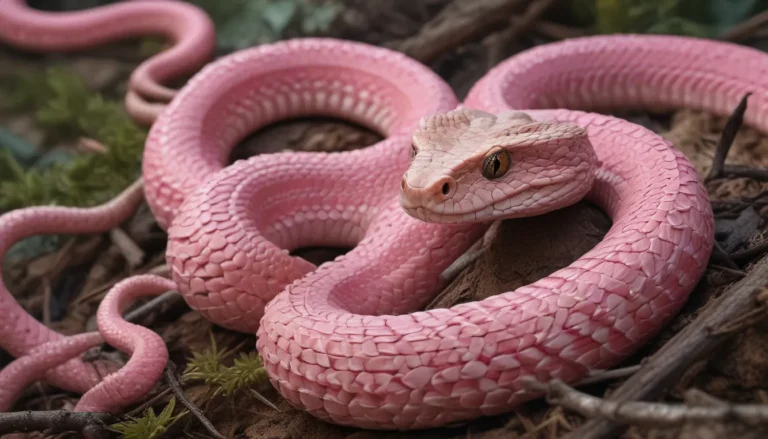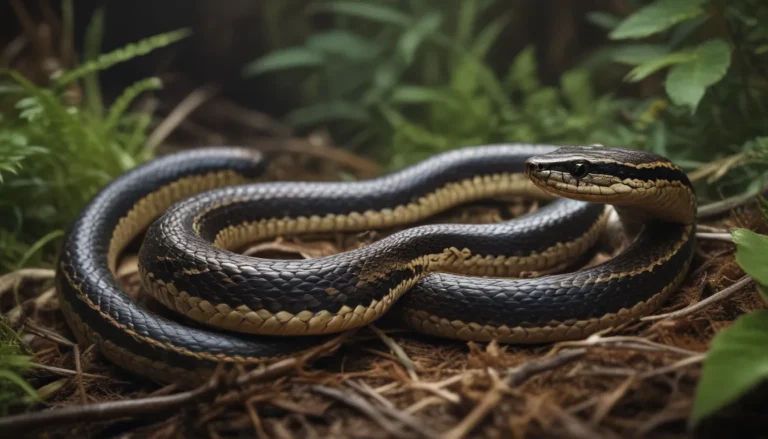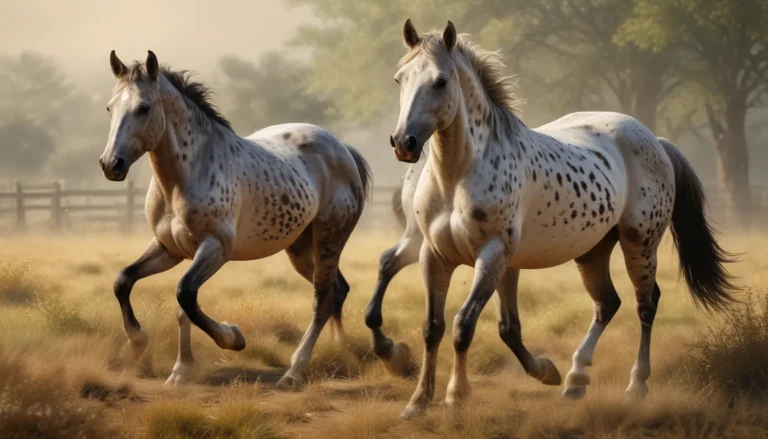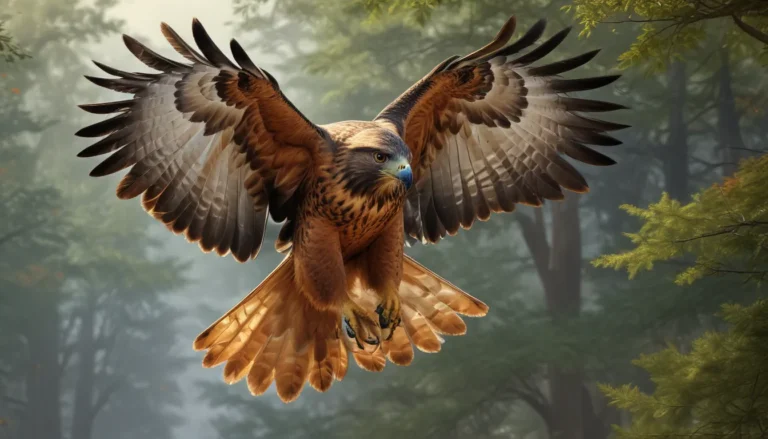The pictures we use in our articles might not show exactly what the words say. We choose these pictures to make you interested in reading more. The pictures work together with the words but don’t take their place. The words still tell you the important facts.
Welcome to the fascinating world of the aardwolf, a unique creature that often goes unnoticed in the vast African wilderness. Despite its name, the aardwolf is not a wolf at all but a distinct species with its own set of interesting characteristics. Native to the grasslands and savannahs of eastern and southern Africa, the aardwolf is known for its specialized diet, shy nature, and intriguing behavior.
Unveiling the Aardwolf: Exploring 14 Fascinating Facts
Let's embark on a journey to discover the secrets of the aardwolf by exploring 14 interesting facts about this extraordinary animal. From their peculiar feeding habits to their unique adaptations for survival, there is much to learn about these elusive creatures that play a crucial role in their ecosystem.
Key Takeaways
- Aardwolves are fascinating creatures with unique traits, such as their specialized diet of termites and nocturnal lifestyle, making them elusive and intriguing to study.
- Aardwolves play a crucial role in their ecosystem by controlling termite populations, highlighting the importance of preserving their grassland habitats for long-term survival.
1. Unique Diet: Termites Galore
The aardwolf has a specialized diet consisting mainly of termites. Unlike other hyenas, aardwolves prefer to feed on termites and insect larvae, making them insectivores.
2. Specialized Teeth: Built for Termite Consumption
Their dental structure is specifically designed for termite consumption. With long, sticky tongues and sharp teeth, aardwolves can easily lap up terrestrial insects and their nests, consuming thousands of termites in one night.
3. Solitary Creatures: Independent Explorers
Aardwolves are primarily solitary animals, often living alone or in monogamous pairs. They venture out independently in search of food in their preferred habitat.
4. Preferred Habitat: Grasslands and Savannas
These animals are predominantly found in open grasslands and bushy savannas of Eastern and Southern Africa, thriving in areas abundant with termites, their primary food source.
5. Nocturnal Lifestyle: Creatures of the Night
Aardwolves are nocturnal creatures, choosing to hunt for termites and other insects under the cover of darkness to protect themselves from predators like lions and leopards.
6. Reclusive Nature: Shy and Elusive
Due to their solitary and nocturnal lifestyle, aardwolves are often elusive and rarely seen by humans. Their timid behavior and preference for hiding in burrows during the day contribute to their reclusive nature.
7. Scent-Marking Behavior: Communication through Scents
Aardwolves use scent marking as a way to communicate with other members of their species. They have specialized scent glands located on their tail, which they use to mark their territory.
8. Vocalizations: Expressive Sounds
Although aardwolves are not known for their vocalizations like their relatives, hyenas, they can make a range of sounds including soft growls, snorts, and hisses when threatened or during mating rituals.
9. Adaptations for Survival: Defense Mechanisms
To protect themselves against potential predators, aardwolves have evolved certain adaptations. Their long, sharp claws enable them to dig burrows quickly, while their cryptic coloration allows them to blend in with their surroundings.
10. Monogamous Mating: Lifelong Partners
Aardwolves are known for their monogamous mating system, where a male-female pair will stay together for multiple breeding seasons. Both parents are involved in raising their offspring.
11. Gestation and Offspring: Family Life
After a gestation period of around 90 days, a female aardwolf gives birth to a litter of typically two or three cubs. The cubs are born blind and helpless but quickly develop and gain independence within a few months.
12. Conservation Status: Protecting the Earth Wolf
Although aardwolves are currently classified as a species of "Least Concern" by the IUCN, their population is threatened by habitat loss and destruction. Preserving their grassland habitats is crucial for their long-term survival.
13. Important Ecological Role: Termite Controllers
Aardwolves play a vital role in their ecosystem by controlling termite populations. Their feeding habits help maintain a balance between termites and their environment, preventing excessive damage to vegetation.
14. Aardwolf Myths: Cultural Beliefs
In some African cultures, aardwolves have been associated with various myths and beliefs. Some tribes consider them symbols of protection, while others believe they bring bad luck.
Conclusion: Embracing the Earth Wolf
The aardwolf, with its specialized diet, nocturnal habits, and unique adaptations, continues to inspire awe and interest in the natural world. By shedding light on the fascinating features of this elusive and enigmatic creature, we can deepen our appreciation for the diversity of the animal kingdom.
FAQs: Your Questions Answered
What does the aardwolf eat?
The aardwolf primarily feeds on termites. Its specialized skull and sticky tongue allow it to extract termites from their nests with ease.
Where do aardwolves live?
Aardwolves are native to the grasslands and savannas of eastern and southern Africa.
Are aardwolves social animals?
While aardwolves are generally solitary animals, they may form small family groups consisting of a monogamous pair and their offspring.
Do aardwolves have any predators?
Aardwolves have a few natural predators, including large carnivores such as lions and hyenas. However, their mainly nocturnal behavior and burrowing habits help protect them from predation.
Can aardwolves spray a defensive fluid like skunks?
No, aardwolves do not possess the ability to spray a defensive fluid like skunks. Instead, they rely on their cryptic coloration and secretive nature to avoid predators.
Join us in celebrating the remarkable aardwolf and its significant contributions to the ecosystem. By continuing to learn about and appreciate these fascinating creatures, we can ensure their preservation for future generations to admire and study.
